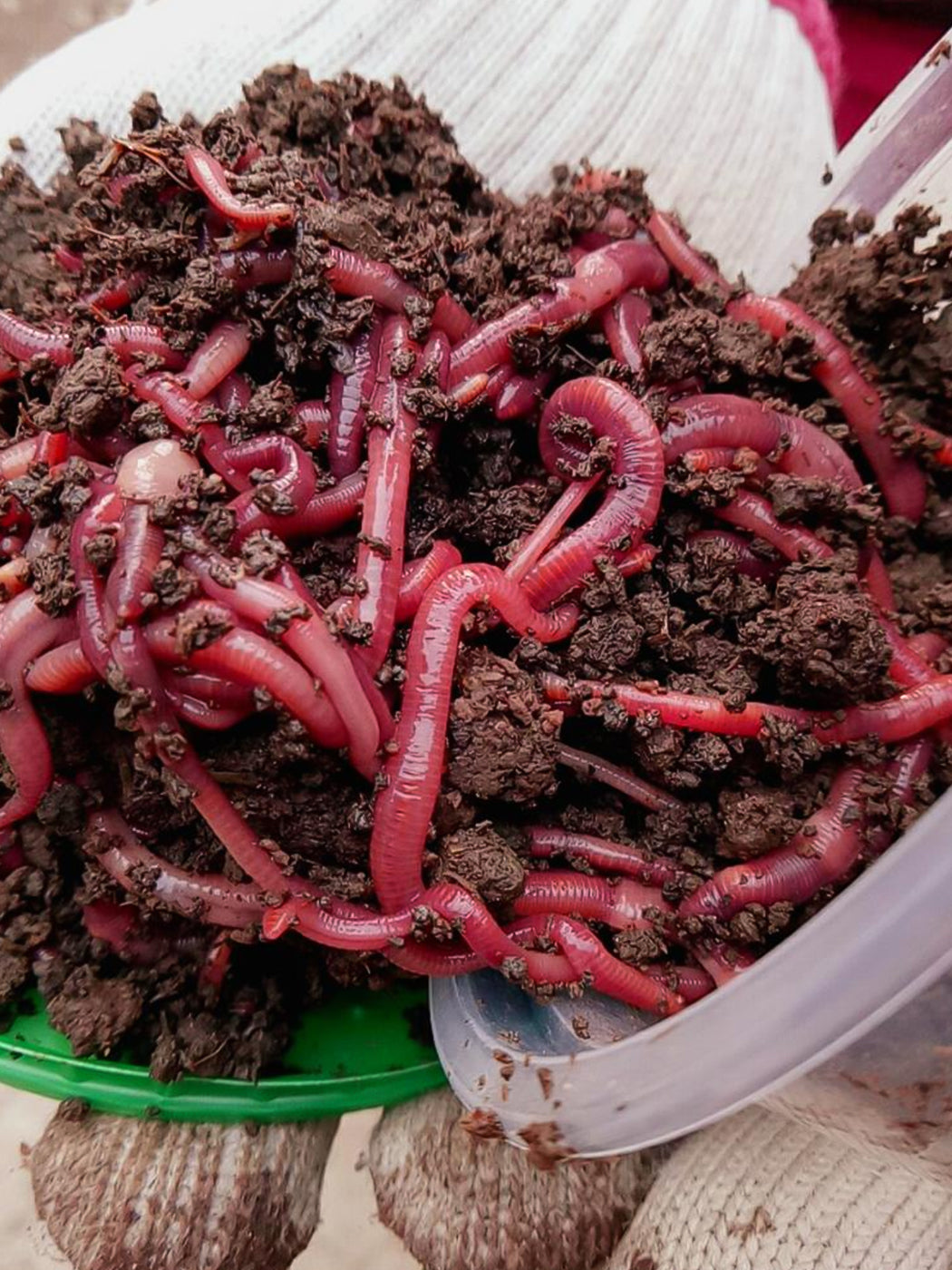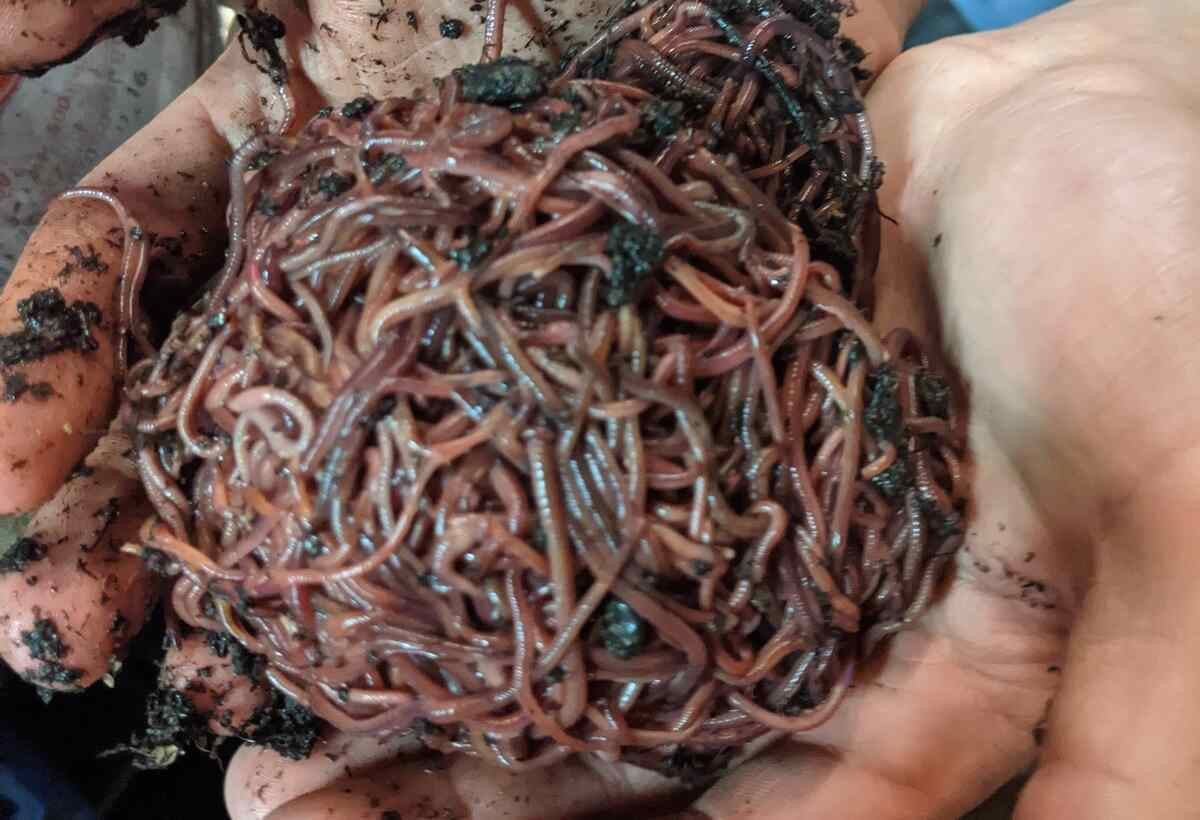Harnessing the Power of Red Wigglers for Lasting Gardening
The combination of red wigglers right into sustainable gardening practices provides an engaging possibility for enhancing dirt health and wellness and reducing organic waste. These worms excel at changing kitchen scraps into beneficial garden compost, which not just enhances the dirt but also promotes a much more resilient garden ecological community. Understanding the nuances of establishing a reliable worm container and keeping a well balanced diet plan for these microorganisms can substantially affect gardening results. The ramifications of such practices prolong beyond mere looks; they hold the prospective to improve our method to eco-friendly horticulture. What factors to consider should be prioritized for ideal outcomes?
Advantages of Red Wigglers
(Lake Rhodhiss Bait)Taking advantage of the power of red wigglers can transform your horticulture methods and enhance dirt wellness. These remarkable organisms, recognized medically as Eisenia fetida, play a crucial role in lasting gardening by helping with reliable natural waste decay. As they take in kitchen area scraps and lawn waste, red wigglers convert this material into nutrient-rich worm spreadings, which act as an all-natural fertilizer. This process not only decreases garbage dump waste but also enriches the soil with important nutrients, boosting its framework and fertility.
(Lake Rhodhiss Bait)In addition, red wigglers add to boosted soil oygenation and drain. Their burrowing activity produces channels that enable air and water to pass through much deeper right into the soil, promoting healthier origin systems and enhancing plant growth. Additionally, the visibility of beneficial bacteria in worm castings help in suppressing soil-borne conditions, therefore fostering an extra resilient yard community.
Incorporating red wigglers right into your horticulture regimen not just sustains environmental sustainability but likewise results in higher crop yields and healthier plants. By accepting these versatile creatures, garden enthusiasts can effectively recycle raw material, grow abundant dirt, and add to an extra lasting future.
Setting Up a Worm Bin
Producing a worm bin is an uncomplicated process that can considerably enhance your sustainable gardening efforts. A plastic container or wooden box with measurements of about 2 feet by 3 feet works well.
Next, prepare the bedding material, which is important for the worms' habitat. This produces an optimal setting for the worms to grow.

Feeding Your Red Wigglers
Feeding your red wigglers is an important element of maintaining a healthy and balanced worm bin, and comprehending their nutritional preferences can significantly improve the composting process. Red wigglers grow on a balanced diet mostly composed of natural products. Appropriate food sources consist of vegetables and fruit scraps, coffee grounds, and crushed eggshells, which offer necessary nutrients.
It is crucial to prevent feeding them meat, dairy, and oily foods, as these can attract pests and develop unpleasant smells. Furthermore, the size of the food fragments must be decreased to promote quicker decay and less complicated intake by the worms. A general rule is to include food in moderation, guaranteeing it can be taken in within a couple of days to stop mold and mildew growth and anaerobic problems.
Preserving a diverse diet regimen for your red wigglers not only adds to their wellness yet likewise enhances the quality of the compost generated. Monitoring the worm container's wetness degree is vital, as red wigglers thrive in a wet atmosphere, but excess moisture can result in food wasting. Regularly checking and adjusting their feeding routine will ensure a thriving worm population that adds considerably to lasting horticulture techniques.

Making Use Of Worm Spreadings in the Garden
Worm castings, the nutrient-rich by-product of red wigglers' digestion, play an essential role in enhancing soil health and wellness and fertility in the garden. These castings are rich in important nutrients such as nitrogen, phosphorus, and potassium, which are important for plant growth. In addition, they have beneficial microbes that advertise a healthy and balanced dirt environment.

Beyond nutrient content, worm spreadings likewise aid subdue plant conditions and parasites. The advantageous microorganisms existing in the castings can outcompete hazardous pathogens, minimizing the occurrence of root rot and other soil-borne diseases.
To successfully utilize worm spreadings, apply them at a rate of one component spreadings to three components dirt when planting - Red Wiggler Express. Regular applications throughout the expanding period can additionally boost dirt health and wellness, ensuring a lasting and efficient gardening experience
Preserving a Healthy Worm Population
Routinely preserving a healthy population of red wigglers is crucial for the success of sustainable gardening practices. These earthworms not just enhance soil fertility however likewise enhance its framework and oygenation. To guarantee a growing worm population, numerous essential factors have to be resolved.
First, supply an appropriate habitat, that includes a damp, dark environment rich in organic issue. The suitable bed linen products are shredded newspaper, cardboard, and coconut coir, which must be maintained moist yet not saturated. Second, keep an eye on the temperature level; red wigglers grow in a variety of 55 ° F to 77 ° F(13 ° C to 25 ° C) Extreme temperatures can worry or kill the worms.
Stay clear of citrus peels and meat items, which can disrupt the worm habitat. On a regular basis check the worm container for indications of overfeeding or smell, showing that the balance is off.
Conclusion
The advantages of worm castings, including improved soil structure, enhanced nutrient accessibility, and illness suppression, add to an extra resistant environment. Red Wiggler Express. Effectively establishing up hop over to these guys and preserving a worm container, along with giving a balanced diet plan, makes sure a flourishing worm populace.